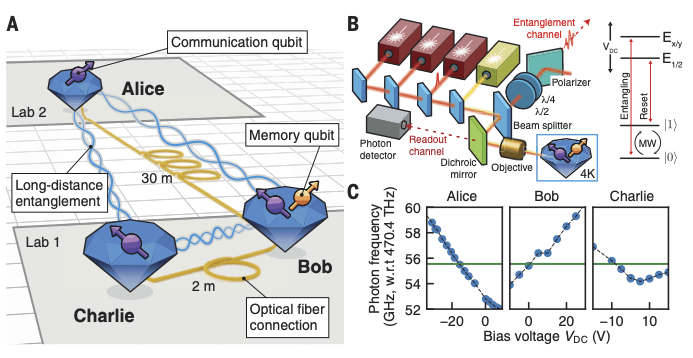This article is not directly linked to Quantum Computing but the editors think our readers might be interested.
Black holes could be like holograms, in which all the information to produce a three-dimensional image is encoded in a two-dimensional surface. As affirmed by quantum theories, black holes could be incredibly complex, and concentrate an enormous amount of information in two dimensions.
This idea aligns with Einstein’s theory of relativity, which describes black holes as three dimensional, simple, spherical and smooth, as depicted in the first-ever image of a black hole that circulated in 2019. In short, black holes appear to be three dimensional, just like holograms.
Black holes are excellent representatives of the great difficulties of theoretical physics in uniting the principles of Einstein’s general theory of relativity with those of the quantum physics of gravity.
According to the relativity, black holes are simple bodies without information. According to quantum physics, as claimed by Jacob Bekenstein and Stephen Hawking, they are the most complex existing systems because they are characterized by enormous entropy, which measures the complexity of a system, and consequently contain a lot of information.
In their study, the researchers has used the holographic principle which allowed them to describe gravity using a language that does not contain gravity, thus avoiding friction with quantum mechanics.
In this way, black holes’ mysterious thermodynamic properties have become more understandable: Focusing on predicting that these bodies have a great entropy and observing them in terms of quantum mechanics, you can describe them just like a hologram—they have two dimensions, in which gravity disappears, but they reproduce an object in three dimensions.
This research is only the first step toward a deeper understanding of these cosmic bodies and of the properties that characterize them when quantum mechanics crosses with general relativity. (SISSA)
The study, which unites two discordant theories, has recently been published in Physical Review X.


